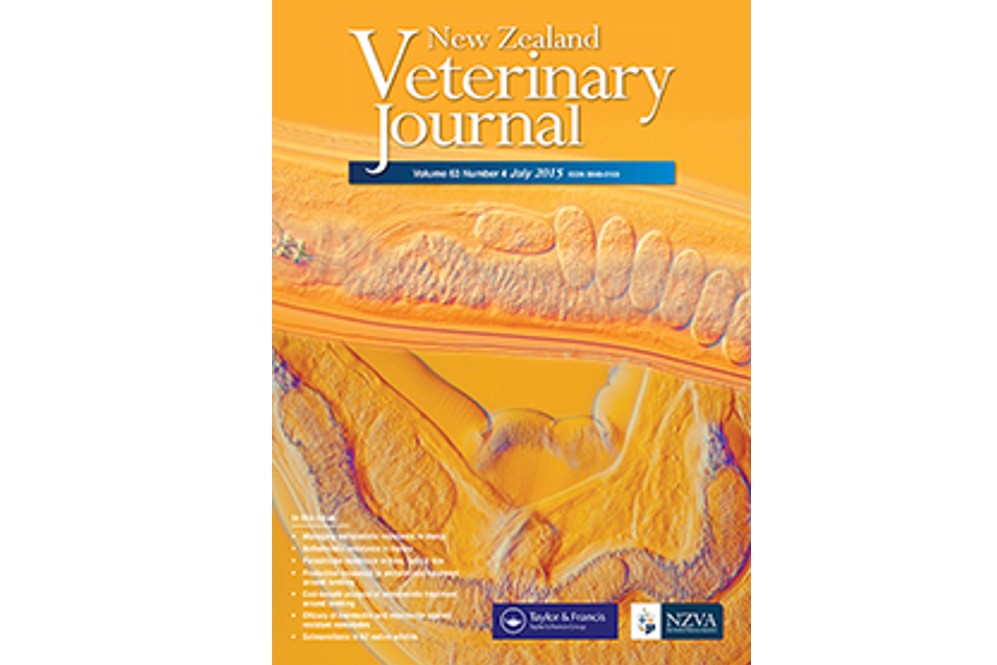Published in: New Zealand Veterinary Journal
Date published: 15 May 2015
Authors: M van Andela, BH Jacksonb, AC Midwinterc, MR Alleyc, JG Ewend, K McInnese, R Jakob Hoffb, AD Reynoldsc & N Frenchc
- a Ministry for Primary Industries, Wellington, New Zealand
- b New Zealand Centre for Conservation Medicine, Auckland Zoo, Auckland, New Zealand
- c Institute of Veterinary, Animal and Biomedical Sciences, Massey University, Palmerston North, New Zealand
- d Institute of Zoology, Zoological Society of London, London, United Kingdom
e Department of Conservation, Science and Capability Group, Wellington, New Zealand
Abstract:
CASE HISTORY: Salmonellosis was suspected as the cause of death in eight wild animals on Tiritiri Matangi Island, in the Hauraki Gulf of New Zealand, between November and September 2011, including three hihi (Notiomystis cincta), a tuatara (Sphenodon punctatus), a masked lapwing (Vanellus miles novaehollandiae), and a saddleback (Philesturnus carunculatus). An outbreak investigation to identify the source and distribution of infection was undertaken over the summer of 2011–2012.
CLINICAL AND LABORATORY FINDINGS: Surveillance of five species of forest bird (n=165) in December 2011 returned a single positive result for Salmonella spp. Environmental sampling of 35 key water sources and hihi supplementary feeding stations conducted in December 2011 and March 2012 returned isolates of S. enterica subspecies houtenae and S. enterica serovar Saintpaul from a stream, a dam and a supplementary feeding station. The same serotypes were identified in tissue samples collected from post mortem specimens of the affected birds, and their similarity was confirmed by pulsed-field gel electrophoresis.
DIAGNOSIS: Mortality in wildlife associated with infection with S. enterica subspecies houtenae and S. enterica serovar Saintpaul.
CLINICAL RELEVANCE: This is the first detection of these Salmonella spp. from wild birds in New Zealand. Our study highlights how active surveillance in response to observed disease emergence (here mortalities) can provide important insight for risk assessment and management within populations of endangered species and inform risk assessment in translocation planning.
Paper available open access from here:
http://www.tandfonline.com/doi/abs/10.1080/00480169.2014.990065#.VbJIm4uFNUQ
